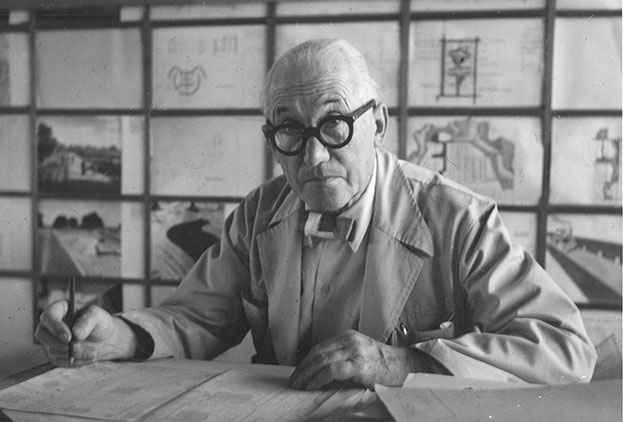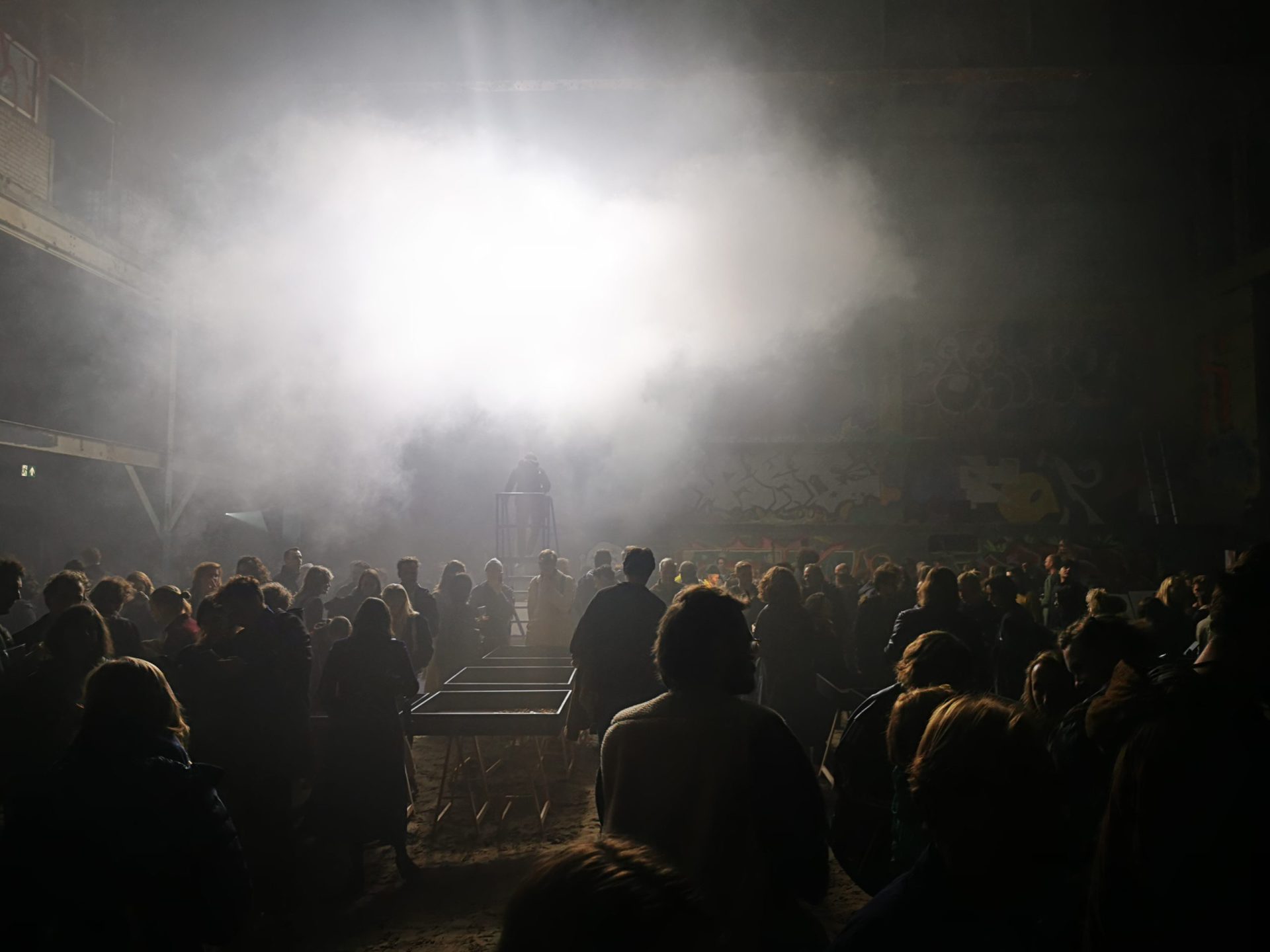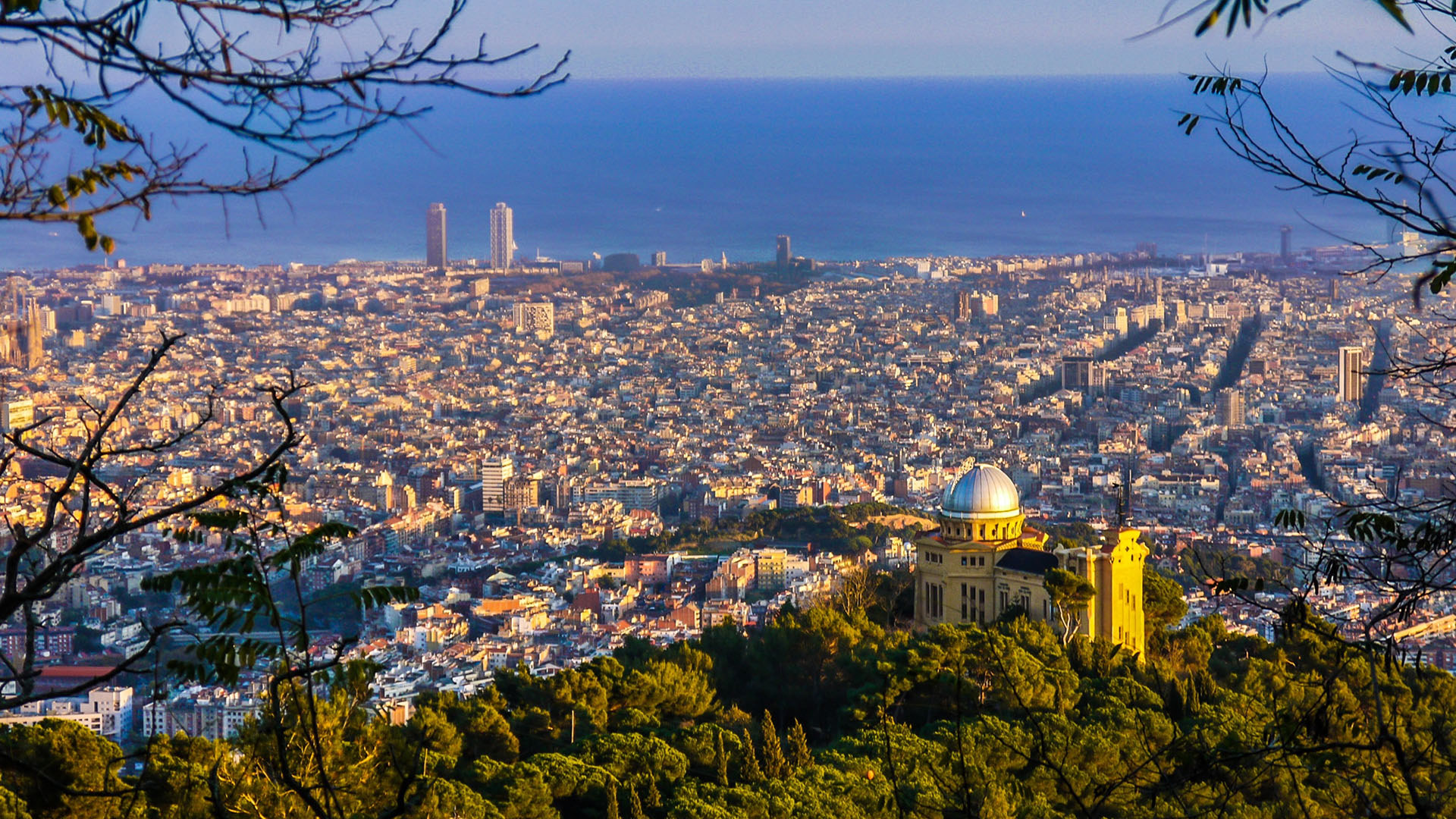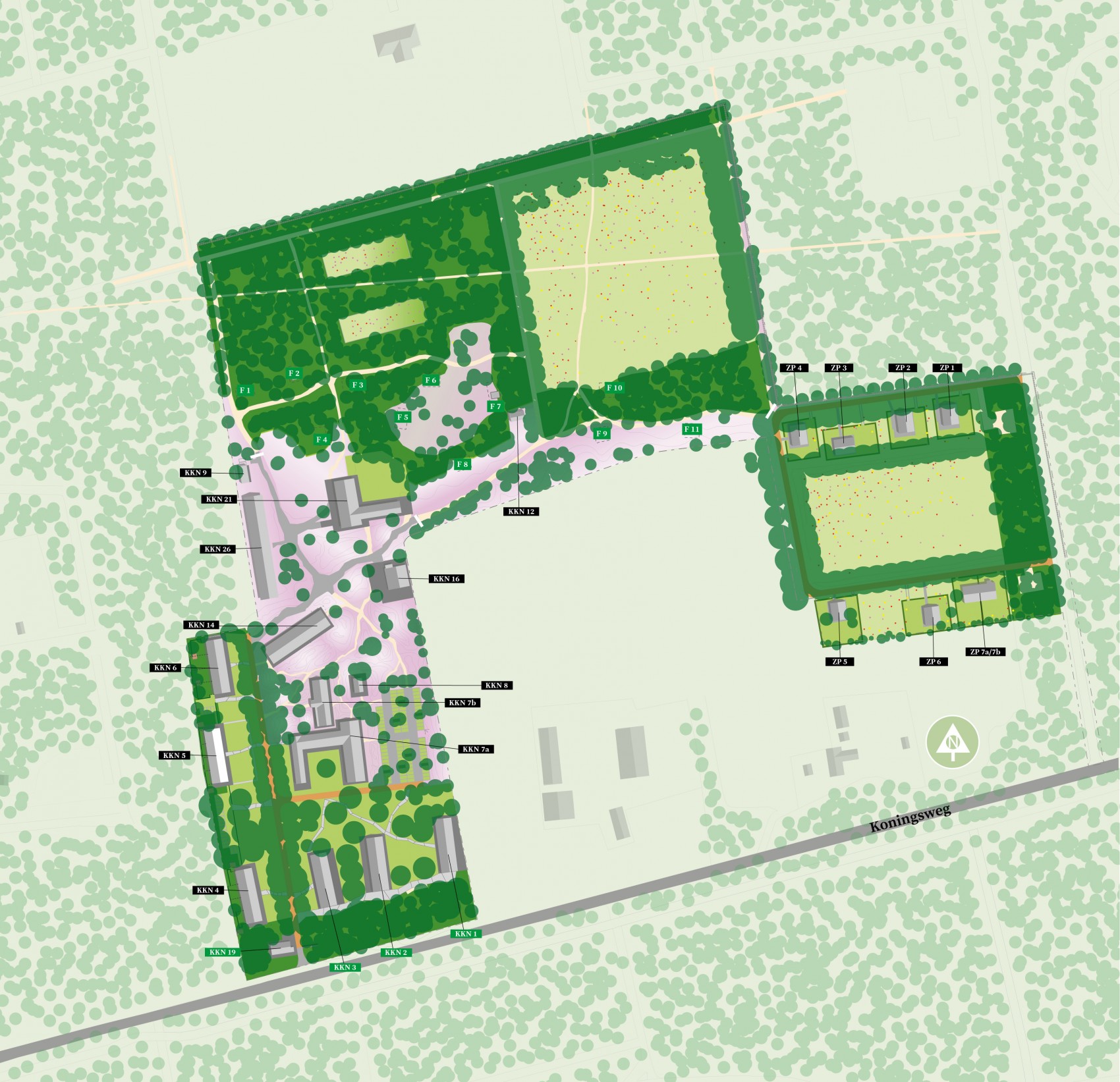World climate is a complex system – a system whose behaviour we can only grasp to the extent that we can make short term qualitative forecasts. Predicting the weather more than two or three days in advance is burdened with a substantial margin of error. Even quantitative predictions – the long term climatic changes – have to rely on scenarios with likelihoods of the one or the other materializing. Spatial design for a long time did not have to be too sensitive to climate change. Using the experience of the ancestors and the inherited local vernacular usually was enough to find appropriate answers while leaving ample room to add a contemporary layer. Overall, that was – and still is – a rather unsophisticated process. We could afford to create new buildings, cities or landscapes more or less single-handedly.
Our omnipotence, our proclaimed ability to change everything for the better was scrutinized time and time again in the last 150 years, but somehow we still manage people to believe we are the saviours. Media – interested in a single figure to focus on since that makes a good story, clients – interested in the star appeal since that seems to better suit marketing campaigns and also political decision makers – trying to keep things easy since complicated stories and processes are a hard political sell, they all supported and still hold up our god-like status. But like belief in the gods of Christian churches is dwindling, so does our superhero image. It gradually gets replaced by a more collective spirit in solving problems.

If we start to acknowledge our own limitations and those of our practice and refrain from omnipotence, we can enter into a completely new form of collaboration and problem-solving. We can then cooperate on a level playing field and others can as well. If we actively break the old hierarchies that we established, we open doors for inspiration and different forms of collaboration, and we become interesting partners to other parties that did not want to engage with us because of our ‘saviour’ status. Obviously this raises the question of what our new role can be. I believe as spatial designers we are trained in grasping key aspects of complex systems. Designing a building involves aesthetic, technical, spatial, social, economic, environmental and cultural considerations and most likely many more. Designing cities or landscapes is at least as complex, if not more. While in the past we used this to demonstrate our superior status, we now could use it as an integration skill – as a platform that helps others who don’t have these abilities: we can tell compelling stories about complex problems and solutions. We can imagine how they will unfold in space or society and what they will be able to achieve. We can be the ones who give our future a visionary twist – a spin that unites people behind ideas and turns good intentions into tangible and implemented solutions. The future of our professions lies in visual speech writing – not the most visible but undoubtedly one of the most important tasks to convince people and to change the future for the better.
by Markus Appenzeller
cover image: pixabay








